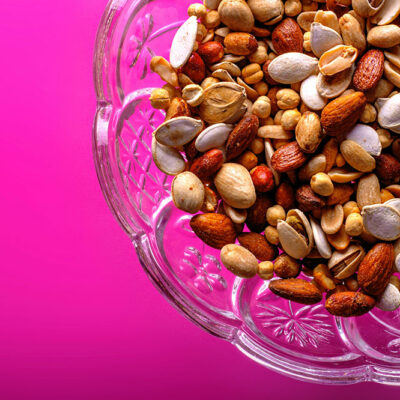
Common Signs of Plant Toxicity in Cats
From household cleaners to houseplants, your cat’s health can be threatened by poisoning elements in numerous daily use things for you. You must understand the warning signs of plant toxicity in cats if you have a feline at home, especially if you’re fond of houseplants. If you notice any of these symptoms in your pet, get help right away. The signs of toxicity include vomiting, diarrhea, salivation and excessive drooling, twitching, breathing problems, collapse, skin inflammation, depression, coma, and changes in appetite or urination.
Here are a few warning signs of plant toxicity in cats you should know about:
- Autumn Crocus or meadow saffron, as it is popularly called, is a common flowering plant that blooms in the fall. That said, it can be toxic to dogs, cats, and horses because of its colchicine content. Ingesting it leads to symptoms like breathing problems, gastrointestinal signs like drooling and vomiting, and kidney or liver damage, among others.
- Azaleas are flowering shrubs that have grayanotoxins, which can cause gastrointestinal problems like drooling or vomiting, heart arrhythmias, tremors, weakness, and transient blindness. All these are warning signs of plant toxicity in cats.
- Cyclamen or Persian violet are perennial flowering plants that are usually kept indoors. However, their parts, especially the roots and tubers, contain toxic components called saponins. Even if cats ingest small amounts of cyclamen, it can cause diarrhea, vomiting, drooling, abnormal heart rate, and seizures.
- Daffodils belong to the Narcissus genus and are flowering plants whose parts have a toxic agent lycorine. The bulbs of these flowering plants can be highly toxic, and lycorine can cause diarrhea, vomiting, abdominal pains, drooling, cardiac arrhythmias, low blood pressure, and convulsions in cats.
- Dumb cane or Dieffenbachia belongs to the Araceae family, and this houseplant has calcium oxalate crystals that can trigger oral irritation, difficulty swallowing foods, vomiting, drooling, and a burning sensation inside the mouth.
- Kalanchoe is a flowering houseplant that contains toxins called bufadienolides triggering gastrointestinal symptoms like diarrhea, vomiting, and drooling. If your kitty ingests large amounts of this plant, it can also experience severe symptoms like seizures and heart arrhythmias and may collapse.
- Watch out for warning signs of plat toxicity in cats if you have lillies at home. Some species like Easter lilies, red lilies, and tiger lilies can be dangerous for your cat. If your feline ingests even the pollen of such plants, it can lead to kidney failure.
- Oleander is another popular outdoor flowering shrub that thrives in warmer climates, but it contains glycoside toxins that can affect your pet’s heart muscles. You must watch out for warning signs of plant toxicity like vomiting, drooling, lack of coordination, seizures, tremors, and heart abnormalities in cats if they’ve been around this plant.
- Sago Palm is common in subtropical and tropical areas, but some are also kept indoors as houseplants. All its parts are toxic, and the seeds are lethal. The symptoms of poisoning due to this plant in cats include black stool, diarrhea, vomiting, bruising, lethargy, and increased thirst.


